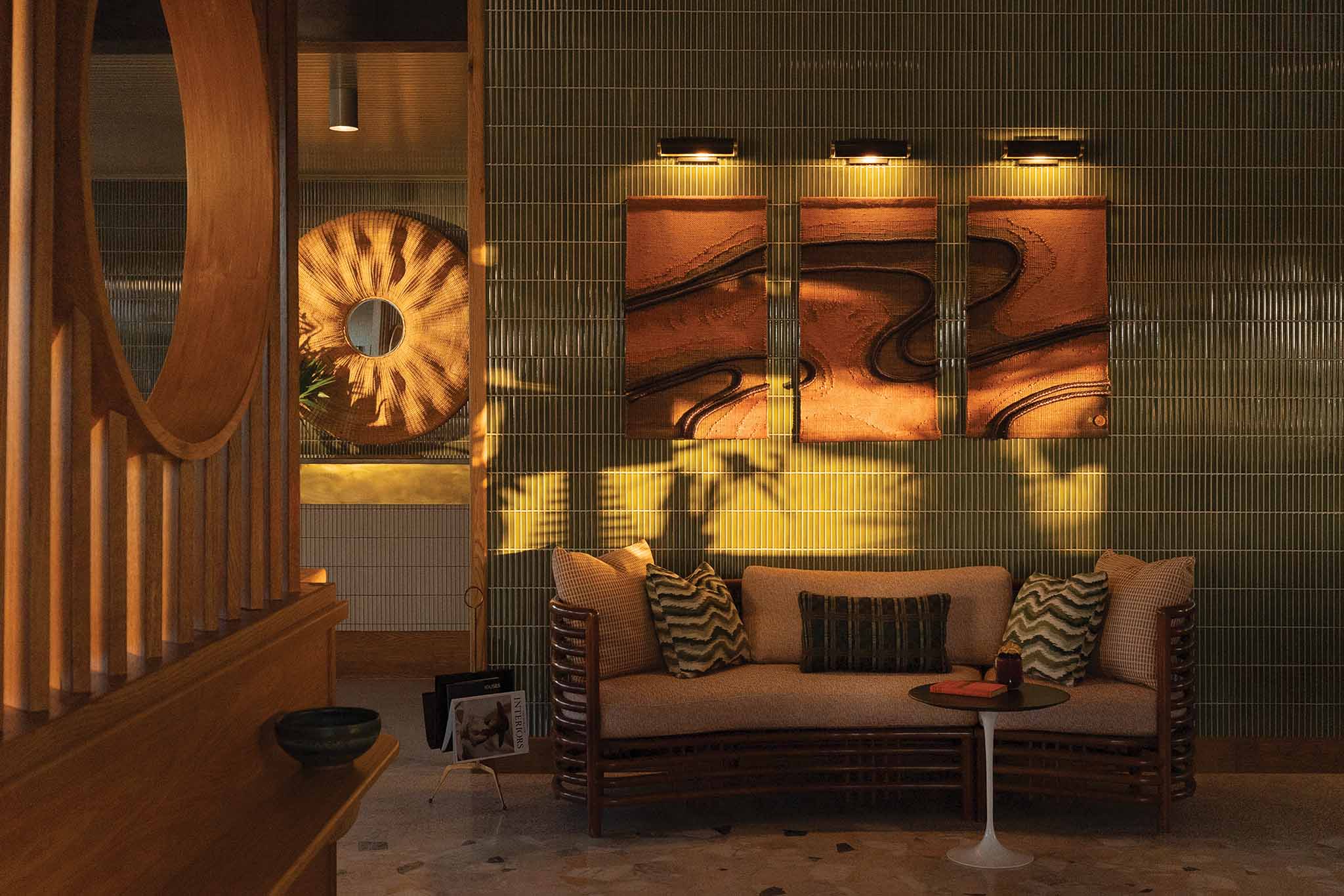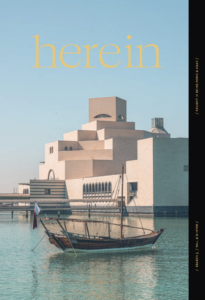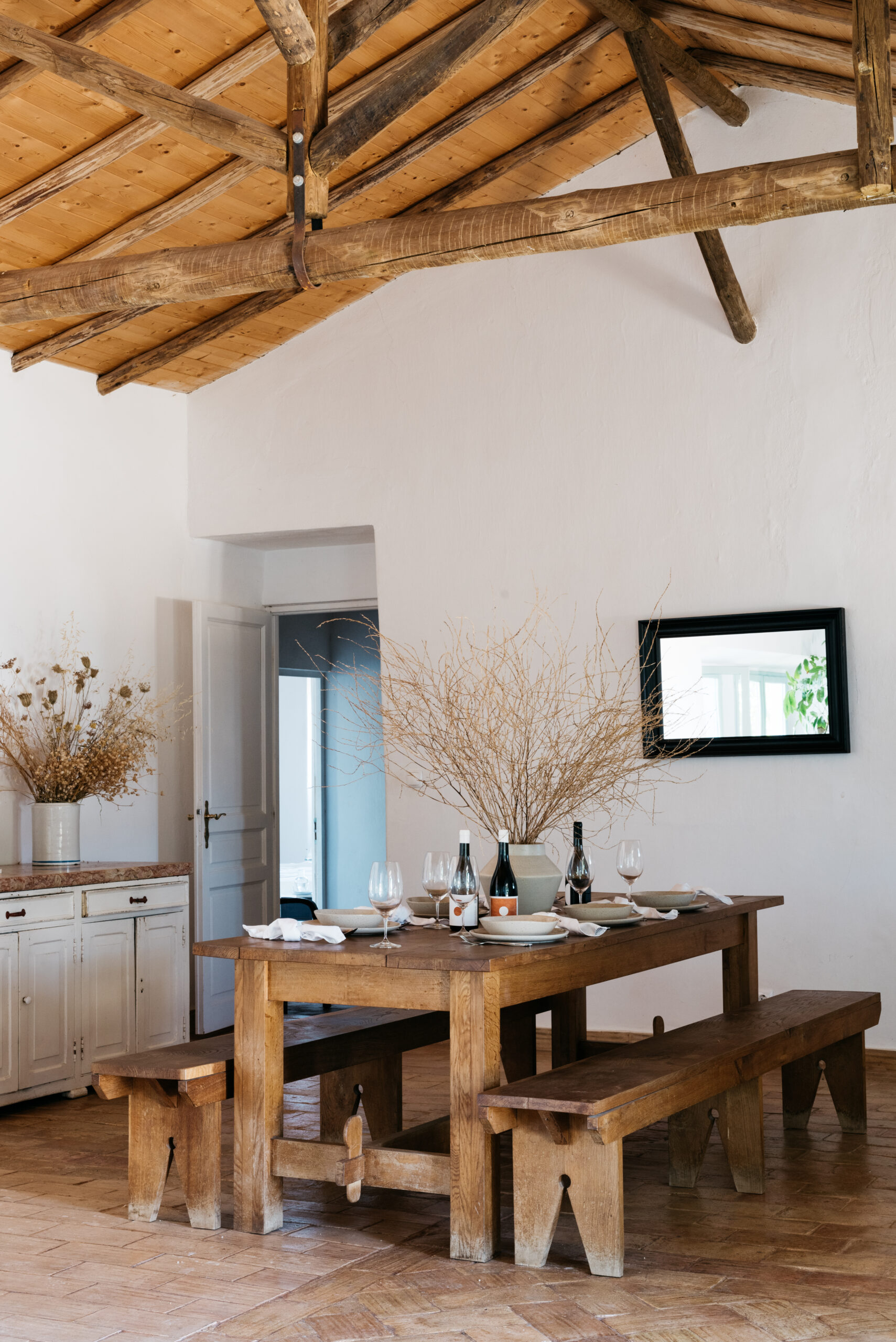By John Wogan
The design world is engaging more than ever with issues of sustainability, cultural relevance, and technology. The next generation of creatives is rethinking not only what they make, but how they make it. This new guard blurs the lines between disciplines and offers a deeper dialogue with materials, histories, and the people who inhabit their worlds.
Studio Tre
Founded in 2022 by Whitley Esteban and Ernesto Gloria, Manhattan-based Studio Tre draws on influences that span the formal to the folk. Esteban, who leads architectural design, spent eight years as managing director and architectural design director at Roman and Williams. Gloria, who oversees interiors and decorative work, honed his craft with Tom Scheerer and Fairfax & Sammons.
“We surround ourselves in the studio with objects, furniture, and traditions of making from wherever we’ve gone,” Esteban says, citing both her and Gloria’s extensive international travels over the years. “A basket tradition might inform a light fixture; a manner of embroidery informs a wall painting.” The duo delights in tracing surprising global design connections. “Maybe the West Indies furniture makes perfect sense in the South Carolina Lowcountry, or the import of Eastern motifs feels right at home somewhere Western,” Esteban says.

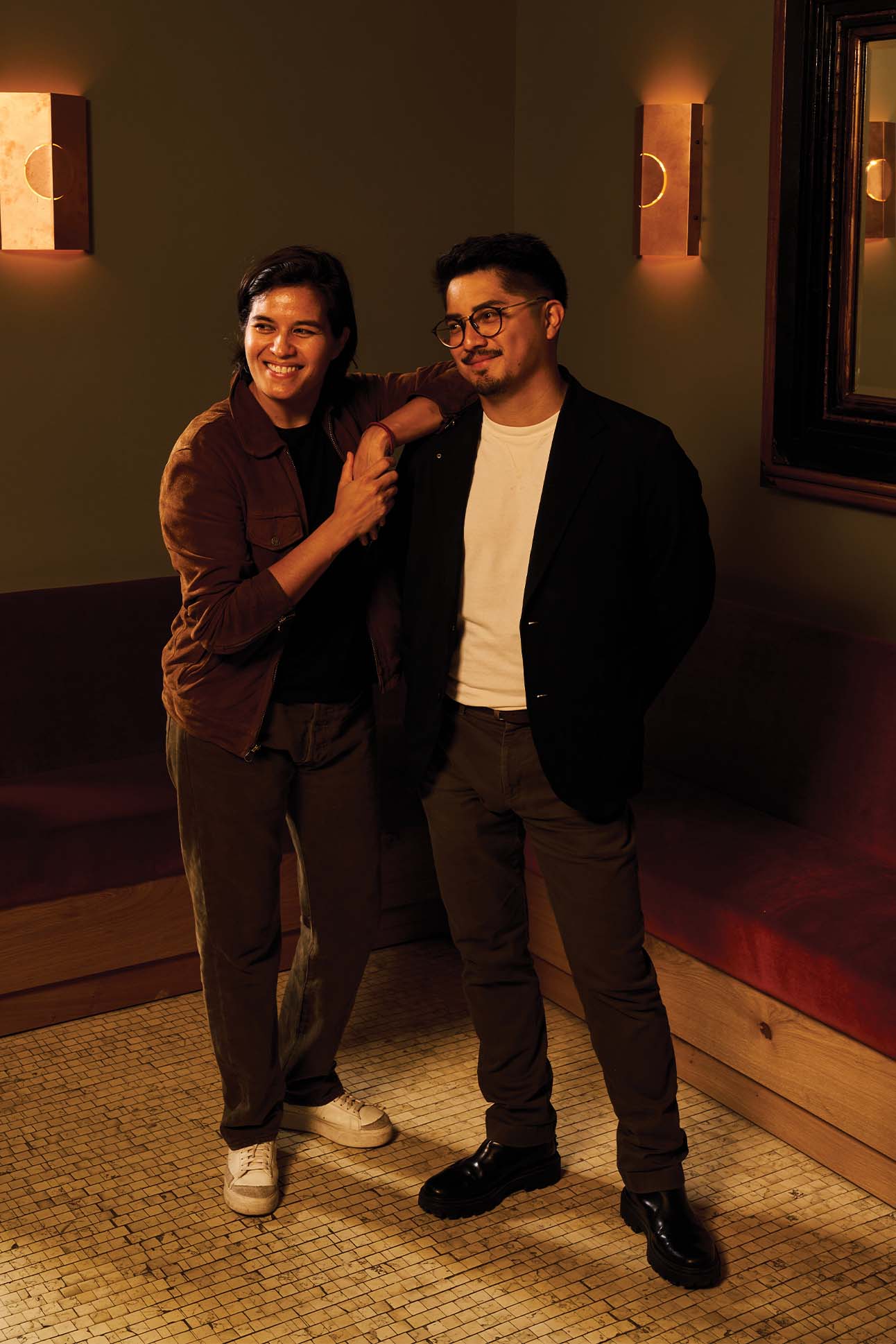

A recent example, Casa Cavada at Islas Seca in Panama, shows how Esteban and Gloria immerse themselves in a culture’s native crafts—in this case, Indigenous decorative arts, which show up in various motifs and forms. “It seemed obvious to tap into that sense of wonder—of being underwater, of being a stranger in a strange land,” Esteban says. In every project, Studio Tre chases that same spark, creating moments that feel like discovery for a client, even in otherwise familiar rooms.
Brad Golden
Brad Golden traces his fascination with sculpture to his childhood. “On the weekends, as a kid, I found myself gathering scraps of wood that my grandpa had left behind on the garage floor,” he recalls. “My imagination would run wild as I played with the perfectly imperfect scraps.”
Sometimes his process is “organic and unpredictable,” he says, led by the stone itself; other times, it begins with a precise vision. “I had a special moment observing two women holding each other on a late-night bus ride home from Ojai. The moment stuck with me, and I sketched away for a few weeks. I found them in a beautiful piece of marble that was available and started to chip away.”


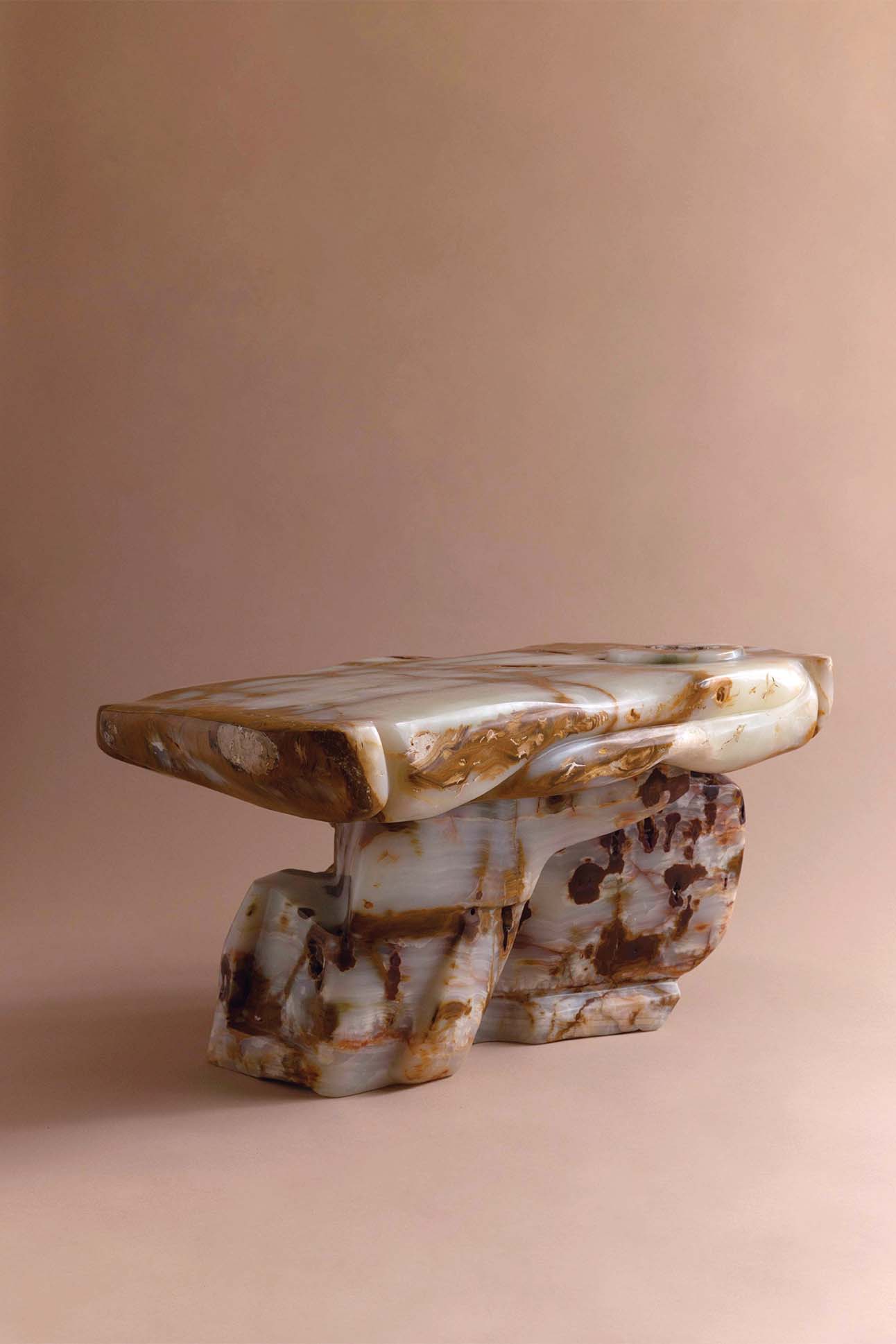
With large-scale public works on the horizon—including in Italy at the open-air museum Arte Sella, and for a hotel in Joshua Tree—Golden is expanding both his studio team and his ambitions, exploring bronze and larger installations while keeping emotional connection and the human touch at the heart of it all.
OWIU Design
The Los Angeles-based studio of Amanda Gunawan and Joel Wong was born from “recognizing a gap between design intent and execution,” says Gunawan—ultimately leading to a practice that carries projects from concept through completion. The couple’s in-house construction arm, Inflexion Builds, allows them to prototype, iterate, and problem-solve in real time, ensuring cohesion down to the small details.
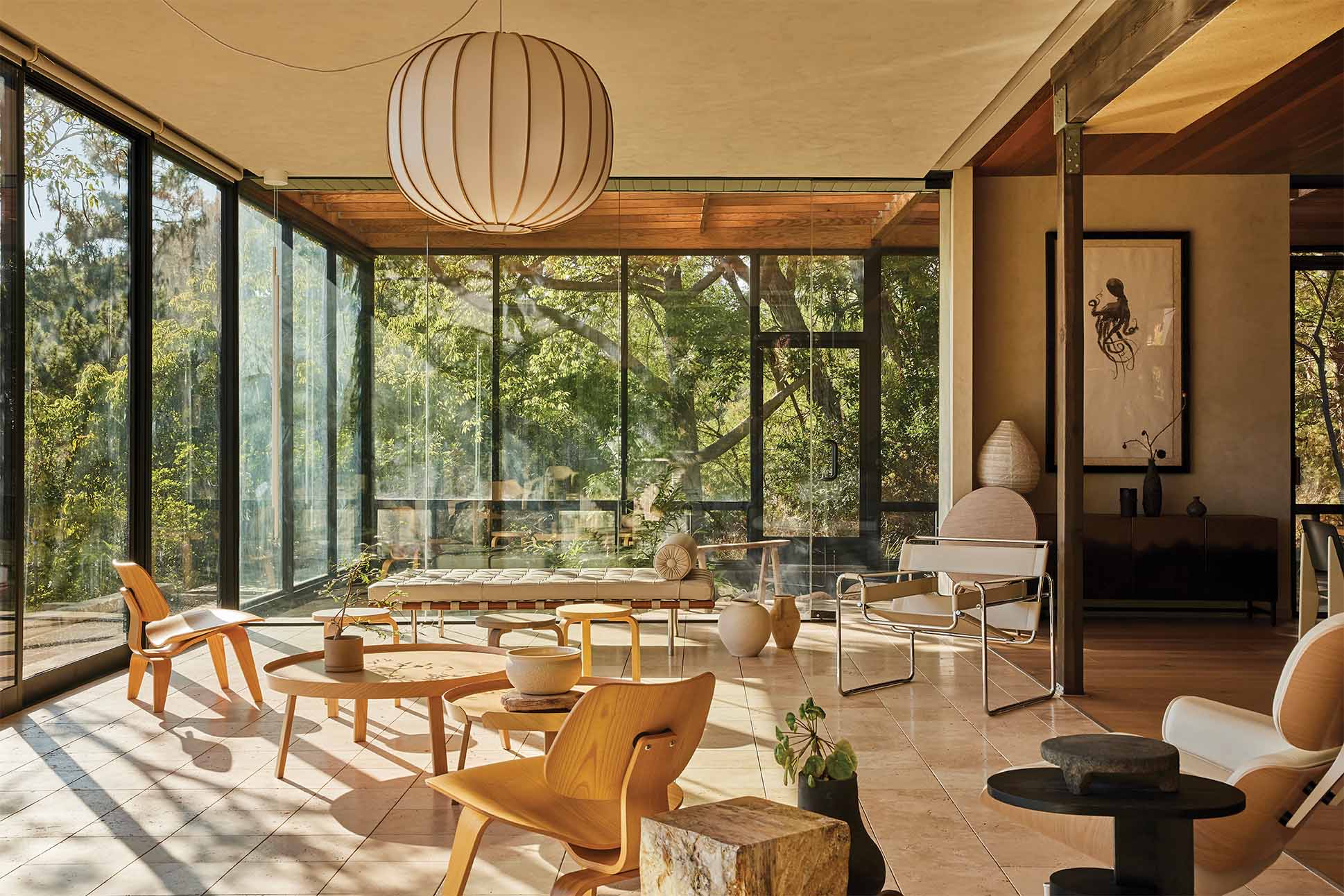
What sets OWIU apart (OWIU stands for “Only Way Is Up”) is their ethos of sustainability, with a focus on designing and building on what’s already there.
“A pivotal project that solidified this for us was Biscuit Lofts,” says Gunawan, describing a massive 1925 factory-to-loft conversion in downtown L.A. “It was one of the first projects we took on from design to completion, and it was through this project that we learned how integral it was for us to maintain a dialogue between designing and building in order to achieve our vision.”

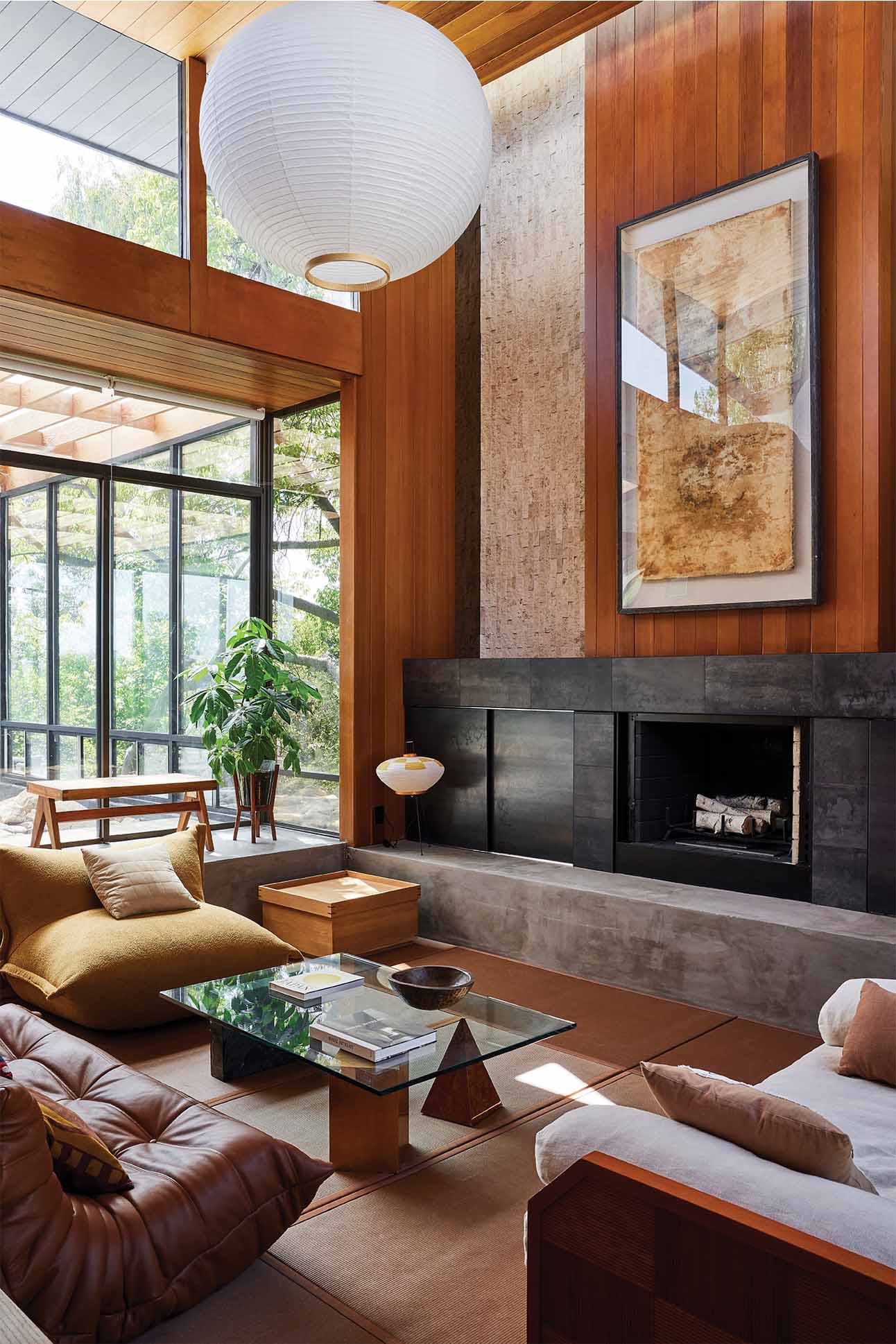
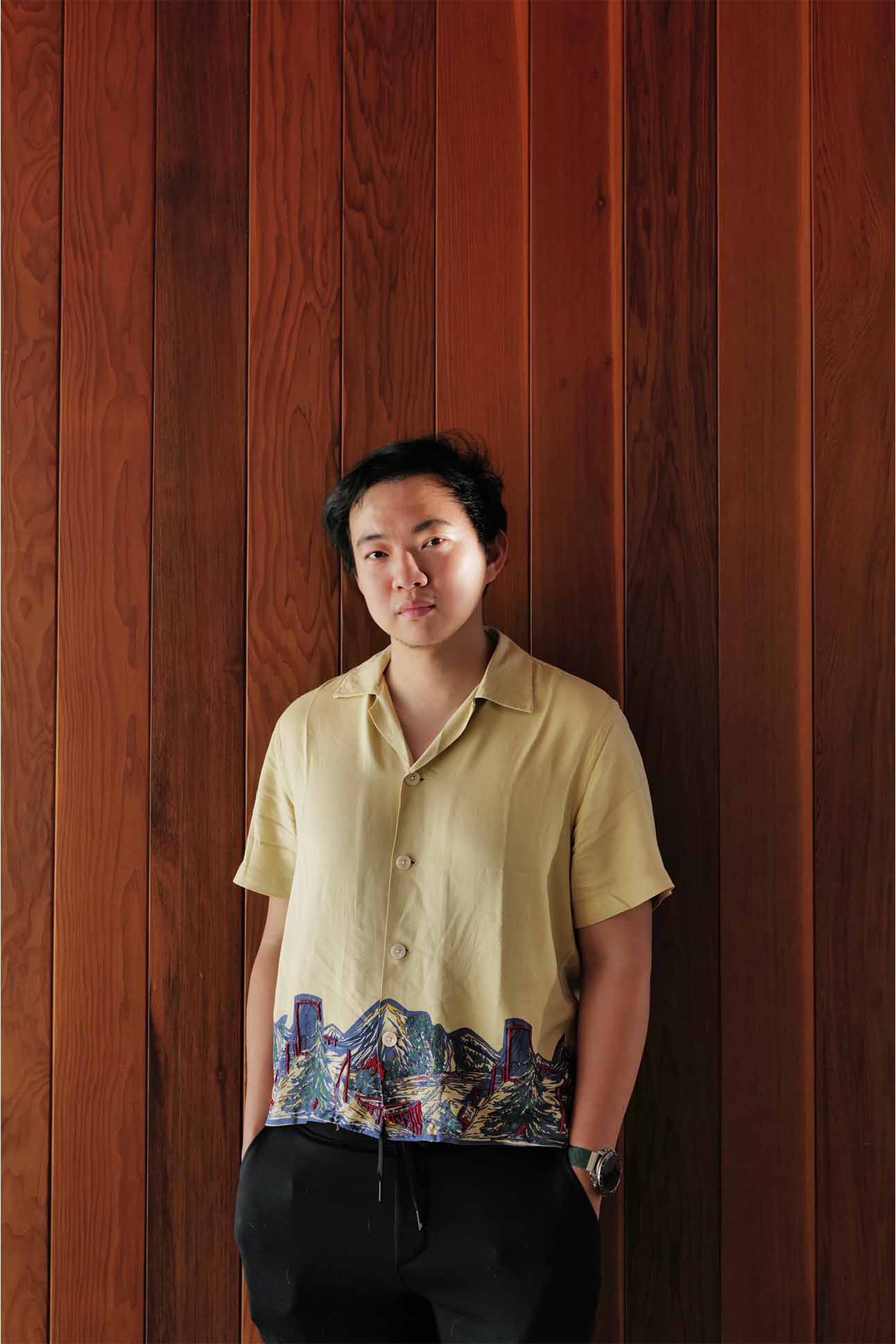
Japan’s reverence for craft also informs OWIU’s mindset. “We’ve been particularly excited to explore shikkui plaster, a centuries-old Japanese lime material traditionally used in temples and heritage buildings. It’s naturally sustainable, antibacterial, and humidity-regulating, yet remains surprisingly underutilized in modern design.”
Gunawan’s narrative-driven vision pairs seamlessly with Wong’s technical precision. “Where I see a vision, he builds,” she says. The result: work grounded in integrity, with spaces conceived and constructed with protecting the environment as the ultimate form of beauty.
Grace Fuller Design
“I always knew I wanted to pursue farming in some capacity,” says New York-based landscape designer Grace Fuller Marroquin, who first felt the pull toward horticulture at age 18 during a stint at the verdant Lyon Arboretum in Hawaii. Post-college, Fuller spent years in the fashion industry, including editor roles at Vogue and W, before returning to her long-standing passion of landscape design.


“My fashion career helped me understand how the finished product or image captured on film is a composition, the same as a garden,” says Fuller, describing the relationship between her two creative endeavors. Since founding her firm, Grace Fuller Design, in 2019, she has landed on Architectural Digest’s prestigious AD100 list, creating landscapes that are at once whimsical, romantic, and deeply rooted in sustainability, with projects spanning from Manhattan rooftops to gardens in Mumbai and Mexico.
“Starting a new career is an incredibly humbling experience,” Fuller says. “But I am proud of the organic growth of my firm and being awarded interesting projects, mostly by word of mouth, with a wonderful roster of clients.”
Fernando Jorge
Brazilian jewelry designer Fernando Jorge designs precise, sculptural pieces for an international clientele—one that’s drawn to his organic shapes as much as his nature-inspired philosophy. A 2010 graduate of London’s prestigious Central Saint Martins, Jorge has resided in the city ever since, opening an intimate, immaculately designed showroom in Mayfair in 2023.


Despite his current home base, Jorge’s Brazilian heritage deeply informs his aesthetic. “There’s an innate sensuality there, and the way in which jewelry interacts with the body is the foundation of my work,” he says. This translates into a design language that’s displayed in his latest collection, Vertex. Inspired by Art Deco and the Manhattan skyline (a city where he also has a showroom, in the Chelsea neighborhood), the pieces are architectural and engineered to sit beautifully on the body, with movement and flow in mind.
“Each item is articulated along a central line of baguette diamonds,” Jorge says, “like a spine, allowing for fluidity through rigid elements.” It’s a testament to his brand, effortlessly combining various cultures, the natural world, and his own artistic principles in every piece.

